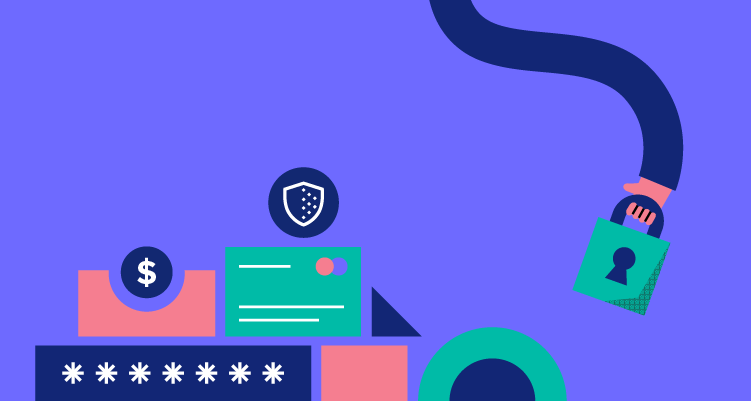Avoiding False Declines
A Guide for eCommerce Merchants
By Yarden AltshullNovember 2018
Submit the form to continue reading
Inside this guide
While most online businesses recognize the importance of preventing chargebacks, the financial impact of turning away good orders is often underestimated. This guide provides actionable tips for improving fraud review decision accuracy and safely increasing approval rates without incurring chargebacks.
The Scope of the False Declines Problem
The Financial Impact of False Declines
Best Practices for Reducing False Declines
Understand the scope of false declines
Learn about the business impact of rejecting good customers due to suspected fraud
Stop rejecting legitimate customers
Understand when to accept transactions despite “risky” indicators & data mismatches
Track and improve your performance
Find out how to tag online orders to ensure better performance and decision accuracy
Furniture retailers saw online sales soar during the pandemic. Savvy retailers stepped up with innovative platforms to shift the preference of in-store furniture shopping to online
Find insights on how to ensure your organization’s fraud operations are aligned with your growth strategy
This report uncovers what inspires loyalty, how to build trust, and what keeps them coming back




